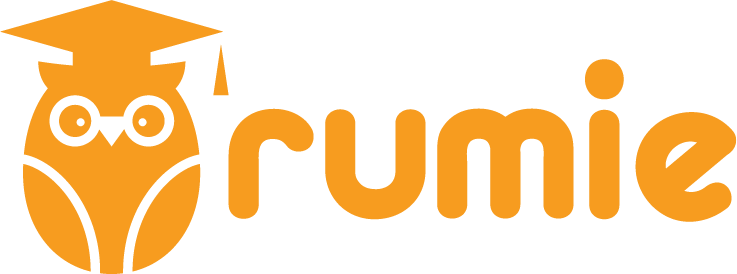Have you ever promised yourself you'd get ahead in school by starting a new habit? Maybe it was reviewing your notes every night, using flashcards daily, or actually starting to study for a test more than one day before.
If you have, you also know that creating good habits is one thing, but sticking to them is a whole other ball game. Even with the best intentions, it can be incredibly difficult to maintain momentum. We've all been there.
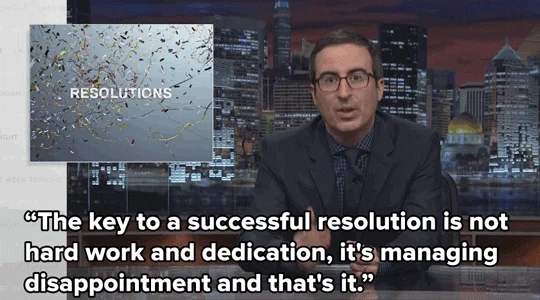
A Smarter Way to Build Habits
But what if there was a way to work with your brain's natural wiring, instead of against it? What if you could make good habits feel almost effortless? That's where the habit loop comes in.
The habit loop is a three-step process your brain runs through automatically. After you repeat the loop enough times, the action becomes second nature. Your brain doesn't have to waste energy deciding to do it anymore — it just does it.

Parts of the Habit Loop
The three parts of the habit loop are:
The cue: The trigger that tells your brain to go into automatic mode and which habit to use.
The routine: The behavior itself, i.e., the action you take.
The reward: The prize at the end that helps your brain figure out if this particular loop is worth remembering for the future.
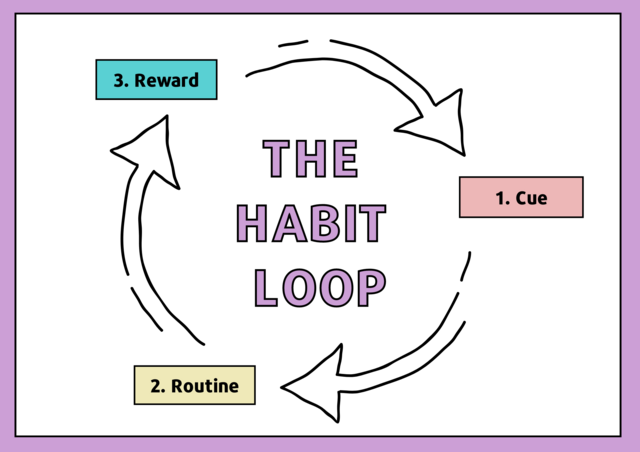 Creative Commons Attribution-ShareAlike 4.0
Creative Commons Attribution-ShareAlike 4.0
Think about brushing your teeth.
The cue might be finishing breakfast.
The routine is brushing.
The reward is that clean, minty-fresh feeling.
Because the reward is satisfying, your brain repeats this loop daily without you thinking about it. By designing your own habit loops, you can make any action automatic.
How to Build an Academic Habit Loop
Step 1: Start Small and Be Specific
Identify the exact habit you want to build. The key is to start with something small, manageable, and specific.
Example: Review flashcards for 15 minutes on weekdays.

Step 2: Choose a Cue
A cue is the trigger that kicks off your routine. The best cues are things that already happen in your day.
Example: When I sit down on the bus for my morning commute.
Step 3: Perform the Routine
When the cue happens (you sit down on the bus), you immediately take out your flashcards for 15 minutes.
Step 4: Reward Yourself Immediately
The reward is the most important part for locking in the habit since it trains your brain to crave the completion of the routine. The reward must come immediately after the routine is finished.
Example: As soon as my 15 minutes are up, I get to listen to my favorite podcast.
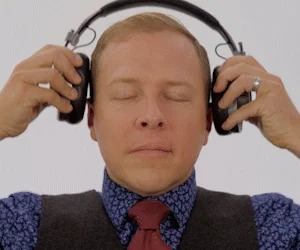
Quiz
A student wants to read one chapter of their history book every night. They decide their cue will be "sometime after dinner" and the reward will be feeling of being prepared for class tomorrow". For what reason(s) will this habit loop most likely fail?
Be a Habit Loop Scientist: Test and Tweak
Your first attempt at a habit loop might not be perfect, and that's okay! You have to experiment to see what works for you.
If you keep forgetting: Is your cue obvious enough? Maybe you need to set a phone alarm or put your flashcards in your backpack so you can't leave without them.
If you don't feel motivated: Is your reward satisfying enough? If listening to a podcast isn't cutting it, try something else. The reward has to be something your brain genuinely wants.
Take Action
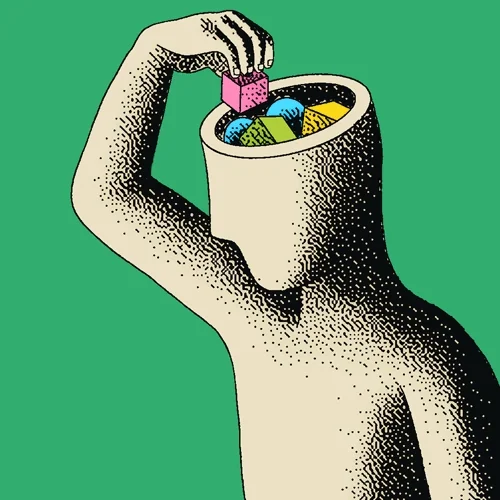
Get started on your academic habit loop!
Your feedback matters to us.
This Byte helped me better understand the topic.
